tree seeds - in greenhouse or outside
User
10 years ago
Related Stories

GARDENING GUIDESSeeds or Seedlings? How to Get Your Garden Started
Growing delicious herbs and vegetables starts with knowing your goals and when you want to plant
Full Story
WINTER GARDENINGExtend Your Growing Season With a Cold Frame in the Garden
If the sun's shining, it might be time to sow seeds under glass to transplant or harvest
Full Story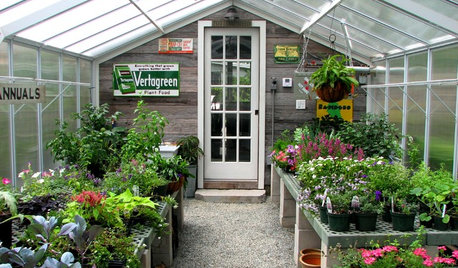
OUTBUILDINGSRoom of the Day: An Old Shed Becomes a Spa and Greenhouse
A garden-loving couple create the perfect place to have a soak and putter with their plants year-round
Full Story
GARDENING GUIDESGreat Design Tree: Australian Tea Tree
A living sculpture with an unmistakable appearance, this coastal native creates an intriguing landscape scene
Full Story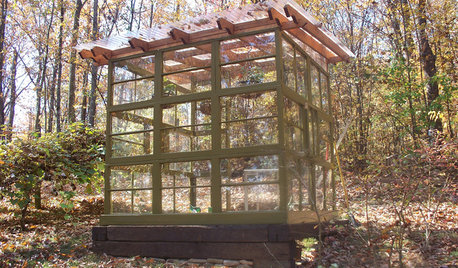
GARDENING AND LANDSCAPINGSee a Family Greenhouse Grown From Scraps
Can-do resourcefulness and less than $400 lead to a new 8- by 8-foot home for plants on a Tennessee family's property
Full Story
DECORATING GUIDESGo for a Greenhouse Effect With an Exotic Conservatory
Cultivate a rarified hothouse feel with or without all-glass walls; these inspiration photos and product picks show you how
Full Story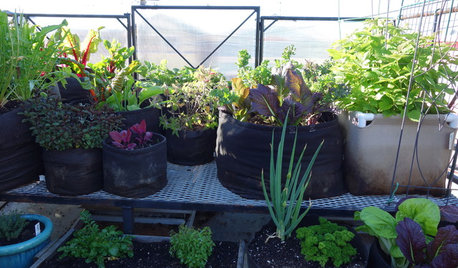
FARM YOUR YARDAn Urban Greenhouse Overflows With Edibles
Making meals just means stepping into the yard for a San Francisco couple who revamped an old orchid house
Full Story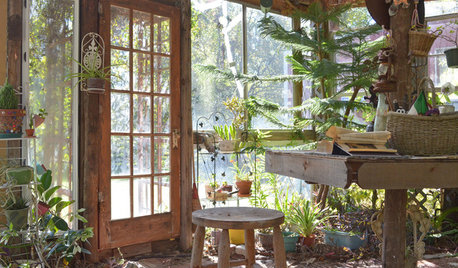
GREENHOUSESA Greenhouse Rises From Texas Tornado Wreckage
Barn damage became a blessing in disguise for a thrifty, creative couple with a hankering for more greenery
Full Story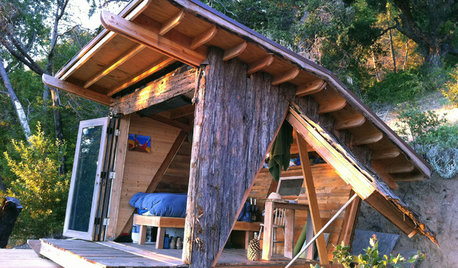
OUTBUILDINGS15 Backyard Escapes Worth Taking a Vacation Day For
These guesthouses, studios, sheds and greenhouses show that sometimes the best getaway is right outside your back door
Full Story
LANDSCAPE DESIGNThe Unparalleled Power of Trees
Discover the beauty and magic of trees, and why a landscape without them just isn't the same
Full StoryMore Discussions








canadianplant
poaky1
Related Professionals
Deer Park Landscape Architects & Landscape Designers · Canton Landscape Contractors · Byram Landscape Contractors · Davidson Landscape Contractors · Fishers Landscape Contractors · Wheat Ridge Landscape Contractors · Boulder Siding & Exteriors · Marion Siding & Exteriors · Plano Siding & Exteriors · York Decks, Patios & Outdoor Enclosures · Huntington Decks, Patios & Outdoor Enclosures · Manchester Decks, Patios & Outdoor Enclosures · Pueblo West Decks, Patios & Outdoor Enclosures · Troy Decks, Patios & Outdoor Enclosures · Okolona Stone, Pavers & Concreteken_adrian Adrian MI cold Z5
UserOriginal Author
calliope
floral_uk z.8/9 SW UK
ken_adrian Adrian MI cold Z5
UserOriginal Author
floral_uk z.8/9 SW UK
jocelynpei